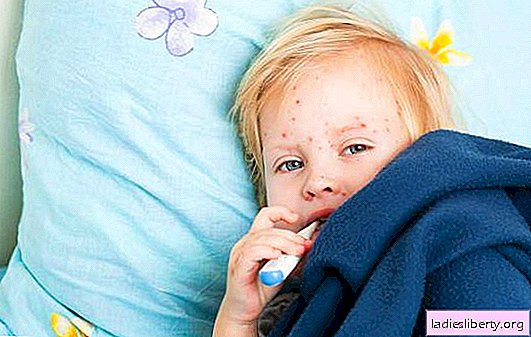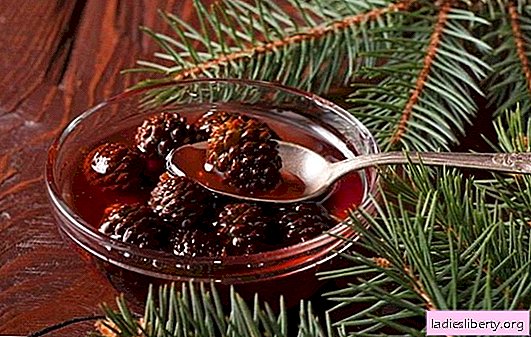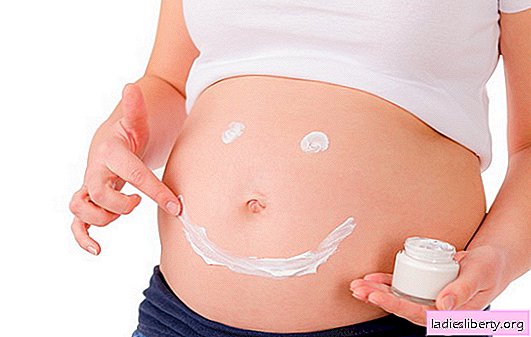
Chickenpox is one of the most common diseases not only in children, but also in those adults who did not manage to get this infection in childhood. The treatment takes place mainly at home under the supervision of a pediatrician. It is rare to hospitalize a child in a hospital, only in exceptional cases. The therapeutic recommendations prescribed by the pediatrician are carried out at home by the parents.
Pathogen
Varicella Zoster is a virus transmitted by airborne droplets. It quickly affects any person, especially children, and causes chickenpox upon initial entry into the body.
The virus remains in the body for many years in a "sleeping" state. Its carriers are 97-98% of the world's population. Under certain conditions, the carrier of this virus can get shingles. Most often, these are people after 50 years. According to numerous studies, herpes zoster is a relapse of chickenpox.
The virus infects most adults. The child becomes ill while being next to a sick adult.
It is distinguished by exceptional contagiousness (infectiousness): a child who does not have chickenpox in case of contact with a sick shingles adult or with a child with chickenpox in 100% of cases becomes infected and becomes ill.
Manifestations of chickenpox
A child at any age carries chickenpox much easier than an adult, complications after an illness occur much less frequently. Therefore, with chickenpox in children, treatment at home is much more effective: the child is in a calm environment, which he is used to, and it is easier to bear all the unpleasant symptoms of the disease.
Typical chickenpox course
The disease manifests itself with high fever, the appearance of red spots throughout the body, then a polymorphic rash that transforms into blisters. When opening the bubbles, severe itching occurs. This is a typical form of infection.
Atypical forms
Often chickenpox can occur atypically:
• The rudimentary form - has all the signs of acute respiratory viral infections, it can be difficult to differentiate it, because it proceeds like a commonplace cold.
• Hemorrhagic - develops with bleeding disorders, and then multiple hemorrhages appear not only on the skin, but also in the internal organs. Bubbles with this form are filled with blood, which makes diagnosis difficult.
• Gangrenous form - the next stage of atypical chickenpox: all pustules turn into purulent wounds. It is dangerous for blood poisoning, tissue necrosis, death.
• Pustular chickenpox - all the vesicles do not heal for a long time, are filled with purulent contents.
• Bullous chickenpox - bubbles merge into huge bubbles - bullae, skin regeneration slows down, the healing process takes a long time.
• Visceral form - proceeds secretly, as internal organs are affected. This occurs in children under the age of 1 year, when immunity is not formed, the infection proceeds at lightning speed and can be fatal.
Therefore, only with a typical and pustular form of chickenpox in children, treatment at home can be successful. The remaining forms of the disease are difficult, with complications - as a rule, children are hospitalized in a hospital.
Chickenpox mode
Compliance with bed rest is one of the conditions of treatment at home. It is necessary to ensure that the child does not comb and tear apart the bubbles. This is fraught with the introduction of infection through the skin in these places, in the future - suppuration and scarring on the skin, which remain forever.
It is necessary to change clothes and bed linen every day.
Dishes and hygiene products should be individual.
Food throughout the illness should be sparing in consistency and temperature. Food is recommended according to the age category, mainly soups, cereals, fish and meat dishes, steamed, vegetables, fruits, sour-milk products. The use of spicy, fried, heavy foods for digestion is contraindicated.
If the child has a normal temperature, you can bathe him. At the same time, the use of washcloths and detergents is prohibited. After bathing, do not wipe with a towel - it is better to get wet with a sheet.
In the absence of temperature, walks in the fresh air are possible, but - away from children, so as not to infect them.
General principles for the treatment of chickenpox
There is no etiological treatment for chickenpox: there is no specific antiviral drug that specifically affects Varicella Zoster.
Given the clinical manifestations of uncomplicated typical chickenpox in children, treatment at home is symptomatic and boils down to the following measures:
1. At high temperature and associated intoxication, you can use Paracetamol, Ibuprofen in an age-appropriate dosage according to the instructions. Aspirin can cause serious complications, so it is not indicated for children.
2. To relieve itching - antihistamines: Zyrtec, Cetrin, Suprastin, Diazolin. An anti-allergic drug should be prescribed by a doctor, since they all have some contraindications and side effects, and the dosage depends on age.
3. For topical use, in order to reduce itching, warm baths with chamomile or a string are used. Baths with decoctions of chamomile, calendula, celandine are also effective. All herbs are bought at the pharmacy ready-made. The broth is prepared as follows: take 1 tablespoon or a finished bag of each of their herbs and pour 1 liter of boiling water. You can add 3 potassium essential oil. The broth is poured into the water for swimming. The procedure is carried out 2 times a day. You can use ready-made ginger powder, which is added to the bath water. It has antibacterial properties, relieves irritation. In the absence of powder, the ginger root is simmered over low heat for 3-5 minutes, the filtered solution is poured into the bath.
Local treatment
Zelenka slightly dries the blisters and partially relieves itching. Therefore, for local treatment with chickenpox, they always used mainly green stuff. But at present, there are a number of other effective drugs that are widely used for these purposes.
Preparations with zinc oxide:
• zinc ointment;
• talker Tsindol;
• Kalamin lotion - suitable even for infants, has a good effect on the rash and relieves itching, cools the skin, and has antiseptic properties.
Aniline dyes:
• brilliant green;
• methylene blue - it is prescribed instead of zelenka, performs the same functions, well disinfects wounds;
• Fukortsin - dries a weeping rash faster than greens, prevents re-infection when combing acne. Allowed to use from 12 years old, up to this age - only as directed by a doctor.
Herbal preparations:
• Fox Wedge gel made on the basis of aloe;
• tea tree oil and others.
In order for the skin to itch less, you can also smear it with Iricar, Histar, La Cree cream.
Purulent complications and intoxication with chickenpox
For the prevention of purulent complications, the sites of opened vesicles are treated with Delaskin, a solution of Brilliant green (brilliant green), a solution of manganese. If suppuration has occurred, the doctor may prescribe antibiotics to prevent the development of a secondary infection (staphylococcal or streptococcal).
In order to reduce intoxication, an abundant warm drink is used.
Antiviral therapy
According to the doctor's prescription, you can take antiviral drugs:
• Acyclovir - it is possible to use not only inside, but also topically: it significantly reduces itching;
• Virolex;
• Zovirax;
• Novirin.
They are allowed only with severe chickenpox. The dosage and frequency of admission is determined by the pediatrician based on age, weight, severity of the condition, the presence of concomitant pathology.
Stomatitis treatment and more
If the mucous membranes of the mouth and genitals are affected, for the treatment at home of a rash with chickenpox in children, the use of:
• Furacilin - rinse the mouth with his solution, treat the genitals;
• Miramistin - can be used even in infants: it is enough to moisten the nipple in its solution, and at an older age the child needs to rinse his mouth at least 4 times a day;
• Chorhexidine.
• infusions of medicinal herbs - chamomile, calendula;
• sea buckthorn oil;
• analgesic gels - Kamistad, Kalgel.
If the child cannot fall asleep due to itching, chamomile and hop tea or a weak solution of motherwort and valerian is effective.
Prevention after infection
After recovery, all personal hygiene items (washcloth, toothbrush) are discarded. Clothes, towels, linens are boiled, soaked in disinfectants to prevent infection of other family members.
Given that chickenpox can be complicated by meningitis or Reye's syndrome, even with a mild infection, it is necessary to carefully follow all the appointments and recommendations of the pediatrician. Only in this case, the child will safely transfer the infection and recover quickly.











